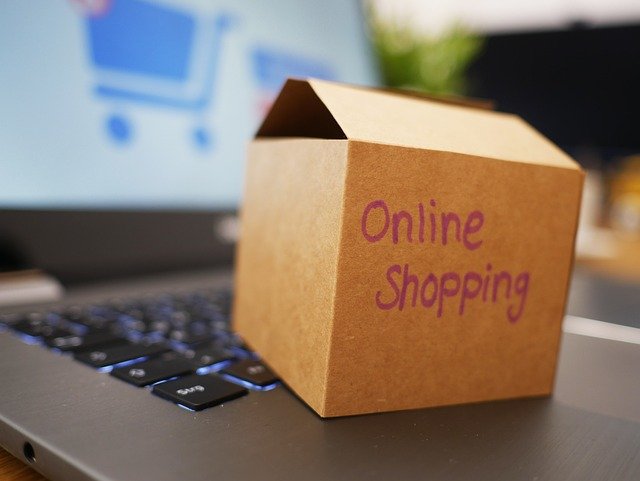Design Tips for Eye-Catching Die-Cut Labels on Product Packaging
Die-cut labels can transform plain packaging into memorable brand moments. This article outlines practical design tips for using decals and labels with vinyl, matte finishes, and smart printing choices so your packaging supports branding, ecommerce visibility, and sustainable practices.

Die-cut labels are a powerful way to add personality and clarity to product packaging while supporting branding and marketing goals. Thoughtful choices around shape, edge detail, materials like vinyl, adhesive strength, and finish—such as matte—affect shelf appeal, durability in transit, and how customers perceive your product. This guide covers practical design strategies for decals and labels with an eye toward ecommerce, fulfillment, and sustainable options, helping you align visual impact with production realities.
How do labels influence packaging and branding?
Labels are often the first visual cue consumers see, so clarity and coherence with overall branding are essential. Use consistent color palettes, type styles, and logo placement so labels reinforce brand recognition across SKUs and channels. Consider how decals interact with the substrate—glass, paperboard, or flexible film—and plan for contrast and legibility at typical retail distances or on thumbnail images used in ecommerce listings. Align label hierarchy so product name, key benefits, and regulatory info are readable without crowding the artwork.
What design elements make diecut labels stand out?
Shape and negative space define diecut impact. Custom contours around logos or illustrative edges help products stand out among rectangular competitors. Maintain a clean bleed area and avoid overly intricate cuts that add die cost and risk misregistration. Use white space strategically to guide the eye, and consider a subtle border or kiss-cut outline to frame the decal. Matte versus gloss finish affects perceived quality; matte can feel premium and reduce glare, while gloss can enhance color vibrancy depending on your brand voice.
How to choose vinyl and printing techniques
Material selection matters for durability and application. Vinyl decals offer water resistance and strong adhesive options for long-term use, while paper labels can be more sustainable for short-lived products. Coordinate printing methods with material: digital printing is flexible for short runs and personalization, while flexographic or offset printing may lower per-unit costs for high-volume runs. Ensure color profiles are managed for accurate brand colors, and specify UV or varnish treatments if you need extra scuff resistance or visual effects.
How to add personalization without losing consistency
Personalization can increase engagement in ecommerce and retail promotions, but it should not dilute brand coherence. Use templates that lock primary brand elements—logo, color swatches, and typography—while allowing variable fields for names, batch numbers, or localized messaging. Variable data printing works well on vinyl and certain paper stocks. Balance creative personalization with practical considerations for fulfillment: clear file naming conventions, approved print-ready files, and quality checks prevent misprints during large or automated runs.
How to balance sustainability and material choice
Sustainable options are increasingly relevant to consumers and procurement teams. Consider recyclable paper labels, compostable adhesives, or mono-material constructions that simplify recycling streams. If choosing vinyl for durability, look for suppliers offering low-VOC inks or PVC-free alternatives. Evaluate the lifecycle impact of finishes—matte laminates can feel premium but may affect recyclability. Work with fulfillment and packaging partners to pilot materials on a small scale and measure returns on sustainability goals versus performance needs.
How to plan for fulfillment and marketing use
Design with downstream processes in mind: label size and adhesive strength affect automated application and shipping resilience. Standardize label dimensions where possible to simplify inventory and reduce waste in fulfillment centers. Provide dielines and clear application instructions for third-party packers. From a marketing perspective, create label variants sized for social media imagery and unboxing videos; decals that peel off cleanly can encourage user-generated content. Coordinate with suppliers on lead times and minimum order quantities to align design changes with production schedules.
Labels and die-cut decals are both visual and functional components of packaging: they communicate, protect, and extend your brand into the customer’s hands. Balancing aesthetics with material performance, consistent branding, sustainable choices, and fulfillment realities will help ensure your die-cut labels enhance product appeal without causing downstream issues. Thoughtful planning during design and clear specifications for printing and application will support both retail presence and ecommerce performance.






